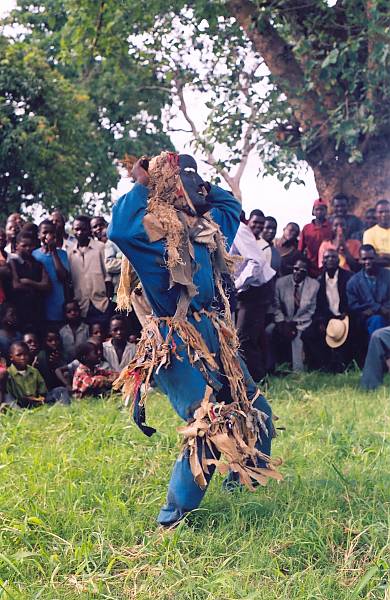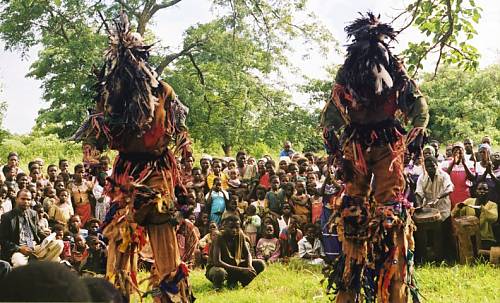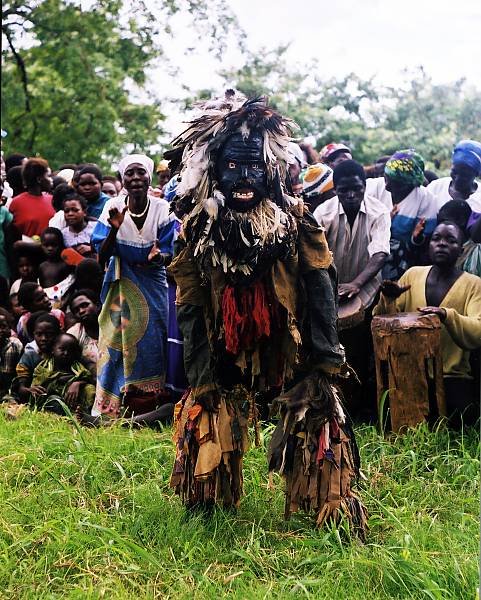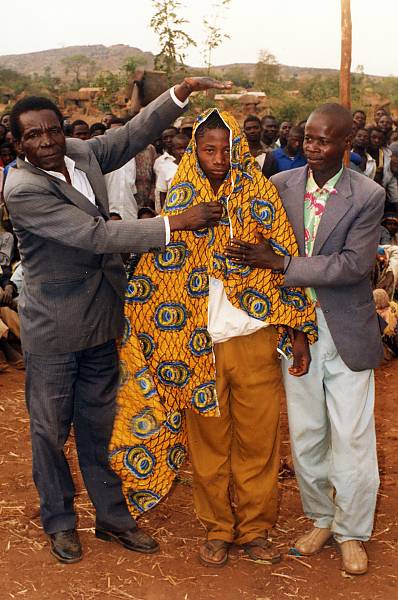Gule Wamkulu
Malawi, Mozambique and Zambia
Inscribed in 2008 (3.COM) on the Representative List of the Intangible Cultural Heritage of Humanity (originally proclaimed in 2005)
Gule Wamkulu was a secret cult, involving a ritual dance practiced among the Chewa in Malawi, Zambia, and Mozambique. It was performed by members of the Nyau brotherhood, a secret society of initiated men.Within the Chewa’s traditional matrilineal society, where married men played a rather marginal role, the Nyau offered a means to establish a counterweight and solidarity among men of various villages. Nyau members still are responsible for the initiation of young men into adulthood, and for the performance of the Gule Wamkulu at the end of the initiation procedure, celebrating the young men’s integration into adult society.
Gule Wamkulu is performed in the season following the July harvest, but it can also be seen at weddings, funerals, and the installation or the death of a chief. On these occasions, the Nyau dancers wear costumes and masks made of wood and straw, representing a great variety of characters, such as wild animals, spirits of the dead, slave traders as well as more recent figures such as the honda or the helicopter. Each of these figures plays a particular, often evil, character expressing a form of misbehavior, teaching the audience moral and social values. These figures perform dances with extraordinary energy, entertaining and scaring the audience as representatives of the world of the spirits and the dead.
Gule Wamkulu dates back to the great Chewa Empire of the seventeenth century. Despite the efforts of Christian missionaries to ban this practice, it managed to survive under British colonial rule by adopting some aspects of Christianity. As a consequence, Chewa men tend to be members of a Christian church as well as a Nyau society. However, Gule Wamkulu performances are gradually losing their original function and meaning by being reduced to entertainment for tourists and for political purpose.










